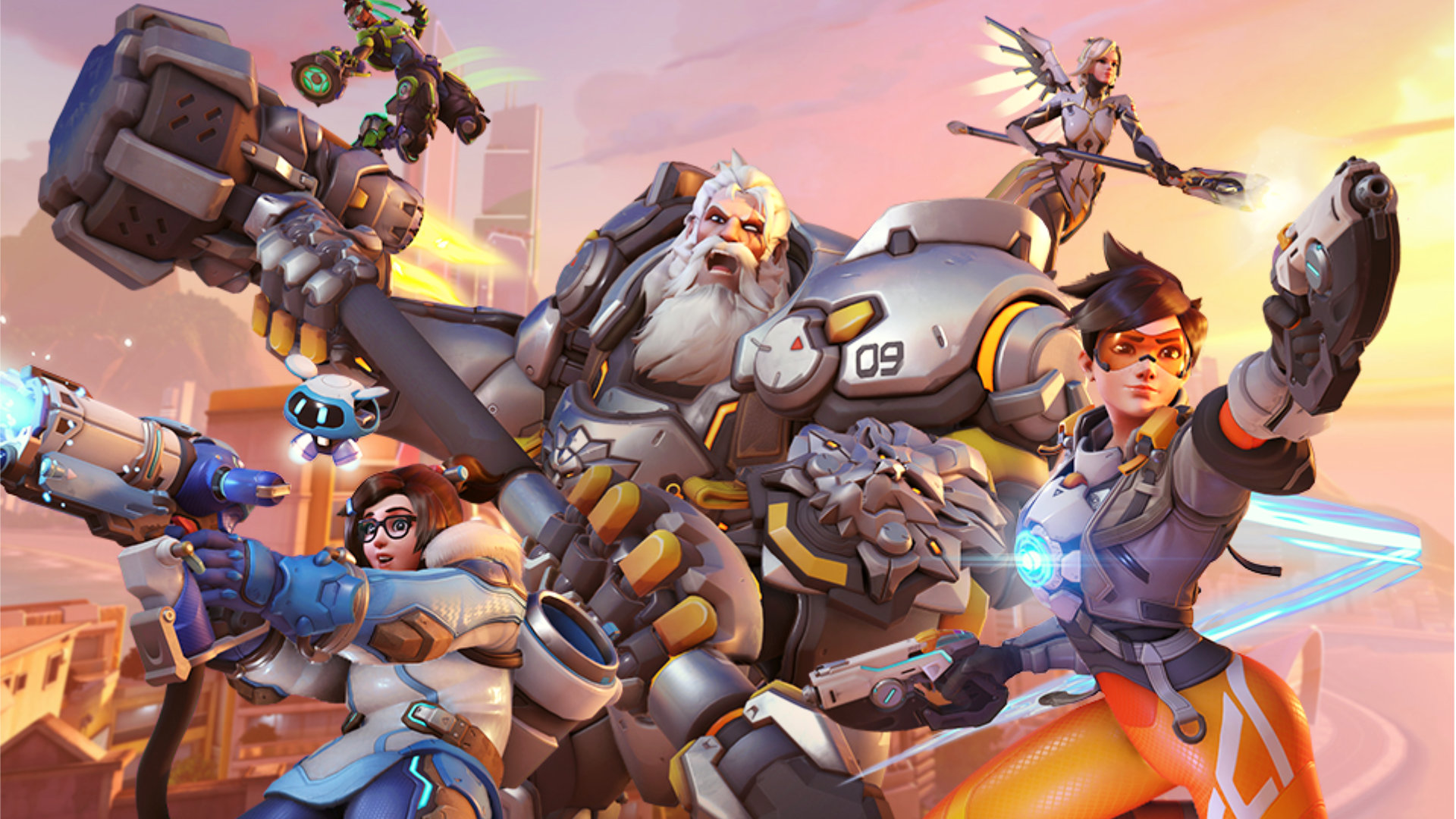
Overwatch is a popular team-based FPS launched in 2016. In this game, you can select characters with different skills and strategy to help your team achieve a goal or defeat the enemy team. So if you’ve always wanted to try Overwatch, now is the perfect time to download its sequel.
And for those who want to buy a new gaming PC to enjoy the play at its full resolution and graphics setting, you are in the right place. Today’s article will feature a short and quick guide on buying a suitable gaming PC for Overwatch.
What are Overwatch System Specifications?
The latest games in the market often come with system specifications/requirements so gamers can instantly know if their current PC build can handle the game. Here are the system specifications for Overwatch:
Minimum System Specifications
- OS: Windows 7/8/10 64-bit
- Processor: Intel Core i3 or equivalent
- Memory: 4GB RAM
- Hard Drive: 5GB space on a 7,200 RPM drive, or better
- Graphics: GeForce GTX 460
Recommended System Specifications
- Processor: Intel Core i5 or equivalent
- Memory: 6GB RAM
- Graphics: GeForce GTX 660 with 2GB VRAM
When buying a new gaming PC, it’s best to use the recommended system specifications as a reference for your hardware. This will enable you to play Overwatch with a frame rate of up to 60 FPS, a 1920×1080 resolution, and set its detail levels to Medium. But if you have a higher budget, it’s best to use newer hardware models.
What hardware specifications to look for?
Processor: Intel Core i5 or higher
Intel Core i5 features all-purpose chips, offering solid gaming performance, light productivity tasks, and web browsing. It is built for gamers looking for maximum performance to play the latest game in the market. It will also enable you to handle and execute other workloads.
But if you can add more cash to your gaming PC budget, look for a pre-built desktop gaming PC with an Intel Core i7 CPU. This processor is designed and built for high-end power PC builds, which deliver excellent CPU performance for discrete-level graphics and AI acceleration.
Graphics: GeForce GTX 660 with 2GB VRAM or higher
The GeForce GTX 660 is an old model and is no longer available. But when buying a new gaming PC to play Overwatch, you should target a model that can deliver up to 1920 x 1080 dpi and above.
Below is a list of NVIDIA GeForce graphics cards that are suitable for Overwatch:
| GPU Model | Average Frame Rate | Screen Resolution | Detail Level |
| GeForce GTX 980 Ti | 60 FPS | 3840 x 2160 | High |
| GeForce GTX 970 | 60 FPS | 2560 x 1440 | High |
| GeForce GTX 950 | 60 FPS | 1920 x 1080 | Medium |
For gamers aiming for an entry-level GPU model, you can go for the GeForce GTX 950, which only costs around $159. But if you want a better graphics card with increased detail levels and resolution, you can choose the GeForce GTX 970, which can cost you $329.
NVIDIA also gives you a choice if you want to aim for a 4K resolution gameplay experience. The GeForce GTX 980 Ti can run highly demanding graphics and will deliver an immersive experience to each of your Overwatch matches.
Memory: 6GB RAM
The System Memory of your gaming PC, Overwatch, only requires 6GB, while most gaming PCs now come with 16GB RAM at minimum. You don’t have to worry about the RAM if you’re only going to play Overwatch most of the time. But if you plan to use resource-demanding programs such as video editing software, you might want to upgrade to 24GB or 32GB RAM.
Remember that the higher your gaming PC’s RAM, the more it can run programs faster and simultaneously. For example, if you’re going to play Overwatch on an 8GB PC, it may start lagging when you try to open a Chrome browser at the same time. However, if it’s 24GB RAM, you will not experience any lags or issues running Chrome browsers and games simultaneously.
Hard Drive: SSD or HDD
Another hardware you need to check when buying a gaming PC is disk storage or a hard drive. This component will store all the software, programs, apps, and games you install in your unit. The best pre-built PC units often come with a combo drive built for disk storage. This means that the gaming PC has both an SSD and HDD installed. The SSD stores the operating system and all the necessary software to keep your PC running and optimized. On the other hand, the HDD contains all the apps, files, and games you install or download on your unit.
You can also choose a gaming PC with a primary SSD build and install another SSD as an additional storage disk later. SSDs are built to process information and data faster, allowing games and programs to boot and load more quickly.